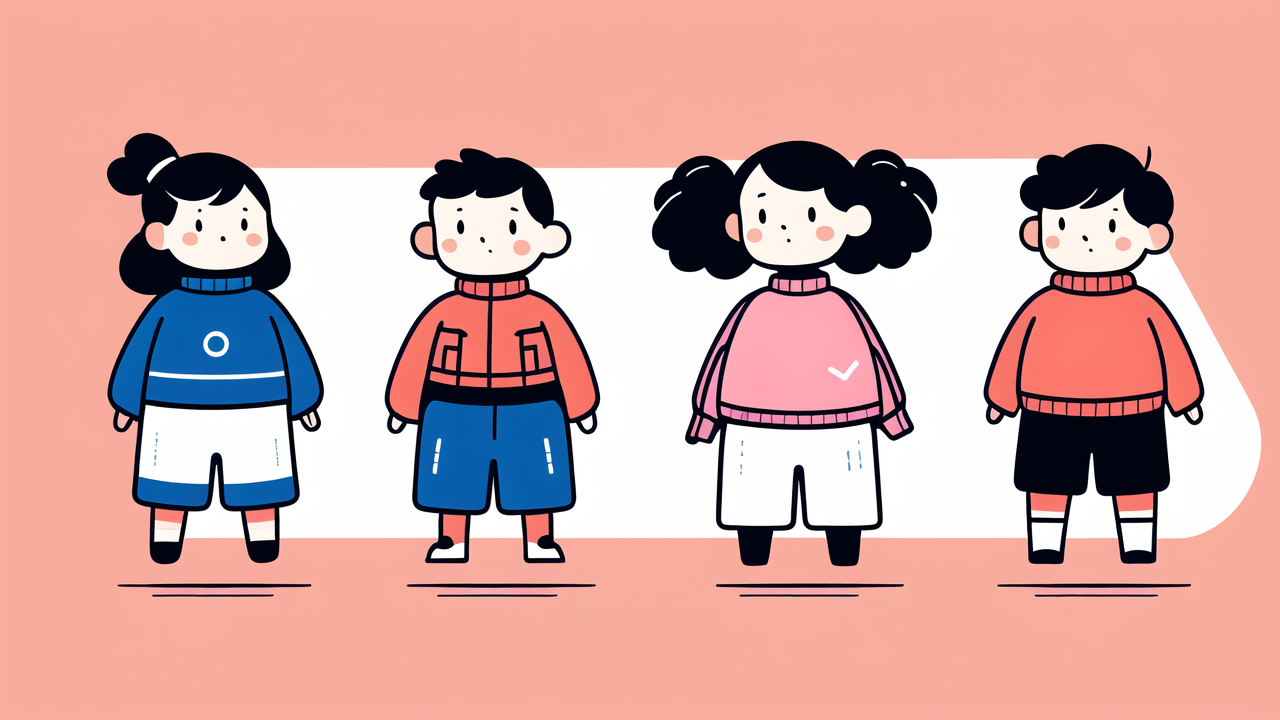
Stylish and Functional: Top Infant and Kids Clothes for Every Occasion
The Essentials of Infant Fashion: Must-Have Pieces for New Parents
Understanding the Basics of Infant Apparel
When it comes to dressing infants, simplicity is key. Newborns need soft, comfortable clothes that are easy to put on and take off. Onesies are a staple, providing a simple base for layering. Look for items with snap closures or zippers for quick diaper changes. Bodysuits, sleepers, and gowns are also essential. These pieces should be made from breathable fabrics like cotton to keep baby's sensitive skin happy. Don't forget about accessories like soft hats and mittens to protect little heads and hands. Remember, babies grow quickly, so buy a few sizes ahead.

Selecting the Right Clothing for Your Baby
Choosing the right clothes for your baby involves more than just picking cute designs. Safety should be your top priority. Avoid clothes with small buttons or decorations that could be choking hazards. Opt for flame-resistant sleepwear for added protection. When shopping, consider the practicality of each item. Look for clothes that are easy to wash and don't require special care. Stretchy fabrics are great as they allow for growth and movement. Don't forget about convenience features like expandable necklines and snap-crotch bodysuits for easy changes.
The Role of Seasonality in Baby Clothing Choices
Dressing your baby for the weather is crucial for their comfort and health. In summer, lightweight, breathable fabrics are best. Look for loose-fitting clothes that allow air circulation. Sun hats and light layers are important for outdoor protection. For winter, focus on layering. Start with a thin, soft base layer, add a warmer middle layer, and finish with a weatherproof outer layer. Don't overdress your baby indoors, as overheating can be dangerous. Always check your baby's comfort by feeling their chest or back, not their hands or feet.
From Playground to Playdate: Outfitting Kids with Confidence
Dressing for Success: Clothing Tips for Youngsters
As children grow, their clothing needs change. Comfort remains key, but durability becomes increasingly important. Look for reinforced knees in pants and leggings to withstand playground adventures. Easy-to-fasten shoes are a must for promoting independence. Layering is still important, allowing kids to adjust their clothing as they move between indoor and outdoor activities. Encourage self-expression by involving your child in clothing choices. This helps build confidence and decision-making skills. Remember, practicality should always come before fashion for active kids.

The Importance of Durability and Comfort in Kids' Wear
Kids are hard on their clothes, so durability is crucial. Look for well-constructed garments with strong seams and quality fabrics. Reinforced elbows and knees can extend the life of clothing. Comfort is equally important. Soft, breathable fabrics like cotton blends are ideal for sensitive skin. Avoid scratchy tags or seams that might irritate. Elastic waistbands and stretchy fabrics allow for freedom of movement during play. When shopping, consider clothes that can withstand frequent washing without losing shape or color.
How to Choose Outfits That Reflect Your Child's Personality
Allowing children to express themselves through clothing can boost confidence and creativity. Start by involving your child in the shopping process. Let them choose colors and patterns they like. Consider their interests and hobbies when selecting clothes. If they love dinosaurs, look for T-shirts with fun dino prints. For the artistic child, clothes with bold colors or unique designs might appeal. Remember to balance self-expression with practicality. Ensure chosen outfits are appropriate for school or other activities. Teach your child about dressing for different occasions while still maintaining their personal style.
Bridging the Gap: Transitioning from Infant to Kids' Clothing
Navigating the Transition: When to Switch
The transition from infant to kids' clothing usually happens gradually between ages 2 and 3. Signs it's time to switch include your child outgrowing infant sizes and becoming more active. This shift often coincides with potty training, making separates more practical than onesies. Look for clothes that are easy for your child to manage independently. Pull-on pants and shirts with larger neck openings are good choices. This is also a time when children start developing preferences, so involve them in clothing choices when possible.

The Best Materials for Growing Children
As children grow, their clothing needs evolve. Breathable, natural fabrics like cotton remain important for comfort. However, durability becomes crucial for active kids. Look for clothes made from sturdy cotton blends or performance fabrics. These materials can withstand rough play and frequent washing. For easy care, choose wrinkle-resistant fabrics. Stretch materials are great for growing bodies, providing comfort and longevity. In colder weather, consider thermal materials that provide warmth without bulk. Always check care labels to ensure you can maintain the clothes properly.
Balancing Style and Comfort in Children's Fashion
Finding the right balance between style and comfort is key in children's fashion. Look for trendy designs in comfortable, practical fabrics. Clothes should allow for easy movement and play. Avoid overly restrictive or complicated outfits that might frustrate your child. Consider versatile pieces that can be dressed up or down. A plain T-shirt can be paired with jeans for casual wear or a skirt for a dressier look. Remember, comfort should never be sacrificed for style. If a trendy item isn't comfortable or practical, it's best to skip it. Encourage your child's personal style while guiding them towards sensible choices.
